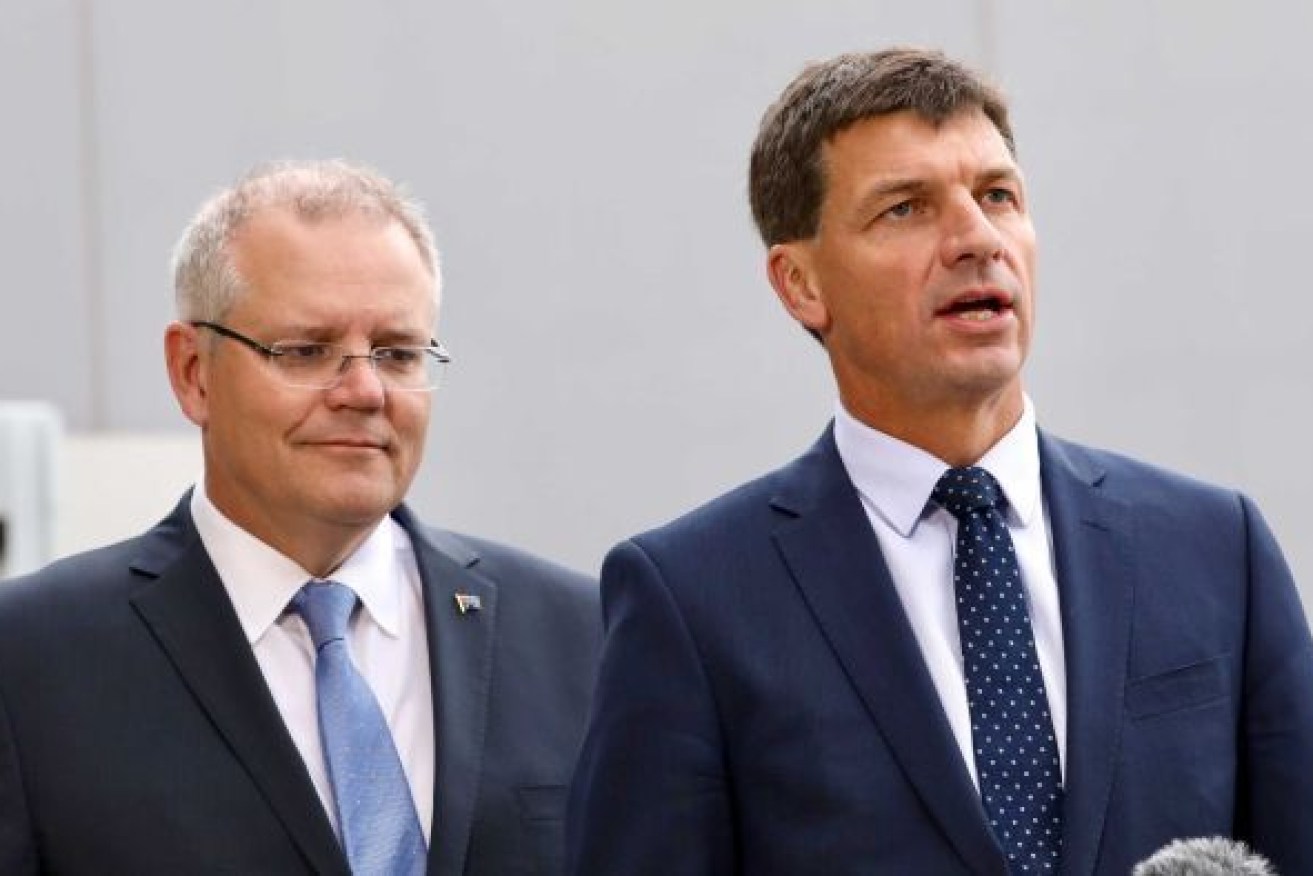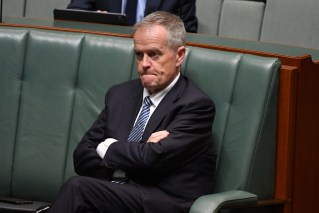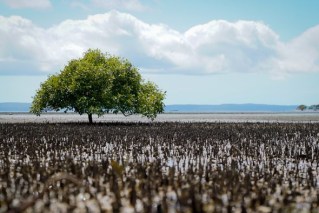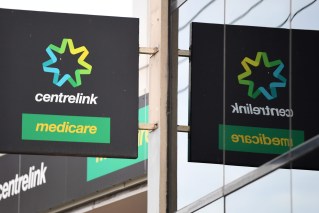Overshadowed by solar, coal-fired power stations set to play ‘flexible’ role
Queensland’s coal-fired generators are likely to play back-up to renewables in a major shake-up of the nation’s electricity system.


Angus Taylor (right) with Prime Minister Scott Morrison. (Photo: ABC)
The State Government has confirmed the likelihood following a report from the Energy Security Board that has prompted the Federal Government to propose retailers provide funding of generators to guarantee future capacity when the grid is facing periods of peak demand that threatened reliability.
Queensland Energy Minister Mick De Brenni said a critical element of the ESB paper was the reform of essential system services, “which means that our current thermal generators could be transformed to help stabilise intermittent renewable energy”.
“This will keep the lights on during peak usage, while ensuring the ongoing livelihoods of generation workers and the communities in which they live,” he said.
He said the ESB recommendations provided the Government with a pathway to future-proof energy supply.
“Queensland needs significantly more generation to meet our aspirations for growth of our manufacturing and resources sectors, and our publicly-owned assets will play a key role in Queensland’s future energy mix. There are no plans to decommission any of our generation assets in Queensland ahead of their time,” de Brenni said.
Currently, the coal-fired generators owned by the State Government provide baseload power but have become uneconomic when renewables generate at peak periods. In summer wholesale prices for electricity can fall below zero because of the output from solar farms.
But while the Government said the generators would be run “more flexibly” they would not be mothballed early as proposed by Stanwell’s chief executive Richard Van Breda in a controversial speech last week which led to him standing down from the role just days later.
However, elements of Van Breda’s speech, such as more flexible use of coal-fired generators, were exactly in line with some of the ESB’s recommendations. The ESB also proposed the early retirement of ageing generators as an option.
Federal Energy Minister Angus Taylor is expected to outline the Government’s preferred options from the ESB report today.
Gas is expected to have a greater role and the Federal Government is considering the development of a 660 megawatt gas-fired generator to be built in NSW’s Hunter Valley.
ESB chair Dr Kerry Schott said it is impossible to overstate the scale and pace of change in Australia’s electricity sector.
“Reforms are needed to address it,” Schott said.
“The rapid spread of large-scale wind and solar, along with rooftop PV, across Australia means our energy system is experiencing the fastest and most substantial change in the world.
“Options include new ways to manage early exits and drive investment in new resources including: modifications of the new retailer reliability obligation (RRO) which requires retailers to buy advance contracts to fill supply gaps, a possible new operating reserve, and long-term transition cost monitoring.
“Change needs to be disciplined, making the most of innovations like batteries, and demand management.
“We are concerned about the side-effects of high penetration of rooftop solar including those technical problems which stop solar being used most effectively because of issues like poor voltage control.
“We are already changing the way the power system is managed to help fix those problems. This area of reform is marked by great opportunity – we need to make sure new standards and new consumer protections are introduced alongside this change.”












